Politics
After Ambani zoo probe, wildlife body reverses call to curb animal imports to India

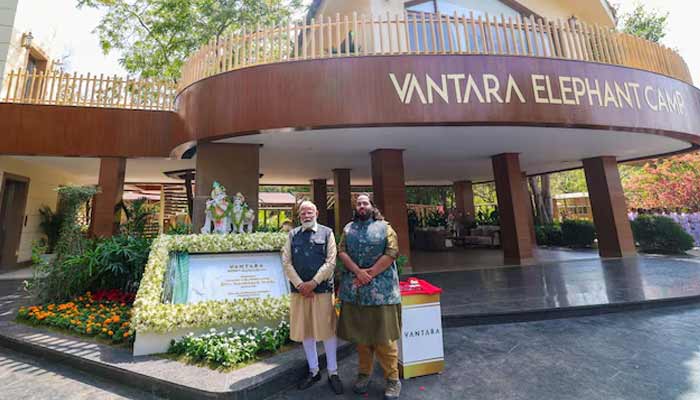
A UN wildlife trade body decided on Sunday not to restrict India from importing endangered animals, after many countries supported reversing an earlier stringent recommendation that had embroiled the private zoo run by Asia’s richest family.
Vantara, a 3,500-acre zoo in Gujarat run by the philanthropic arm of the Reliance conglomerate led by Mukesh Ambani and his family, had faced allegations from non-profit and wildlife groups of improper imports of some animals, triggering higher scrutiny by Germany and the EU.
After visiting the facility in September, the Secretariat of the Convention on International Trade in Endangered Species of Wild Fauna and Flora (Cites) issued a report this month asking India to “not issue any further import permits” as discrepancies had been found between exporter and importer trade data, and there were insufficient checks on the origin of some animals.
At the meeting in Uzbekistan, live-streamed on Sunday, the recommendation was reversed after many countries, including India, the United States, Japan and Brazi,l said the measure was too premature, with some also saying there was no evidence of illegal imports into India.
“There doesn’t seem to be enough support for retaining (the) recommendation,” Naimah Aziz, Chair of the Cites Standing Committee, told the delegates, adding it could consider if further regulatory measures were needed.
Cites is a global treaty that regulates trade in endangered plants and animals.
India had earlier opposed the UN recommendation.
Vantara, which previously said it remains committed to transparency and legal compliance, did not immediately respond to a request for comment.
Vantara zoo has animals from around the world
The Vantara zoo houses around 2,000 species, including exotic animals imported from South Africa, Venezuela and the Democratic Republic of Congo, such as snakes, tortoises, tigers, giraffes and spiny-tailed lizards.
While India’s delegate affirmed the country’s commitment to Cites compliance, Belgium and at least one conservation group, the Pan African Sanctuary Alliance, on Sunday pushed to suspend exports to India until concerns were addressed.
In September, an Indian Supreme Court-appointed investigation cleared Vantara of wrongdoing, while the facility said it complies with all laws.
European Environment Commissioner Jessika Roswall said in August that EU states “will pay particular attention to any export requests directed towards India and the facility in question”.
Politics
Iran warns of attempts to target supreme leader Khamenei
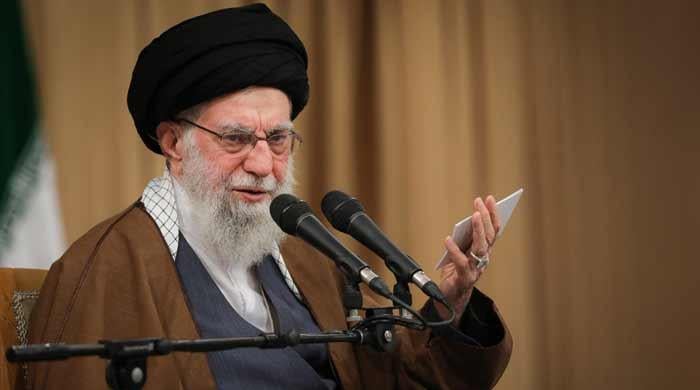
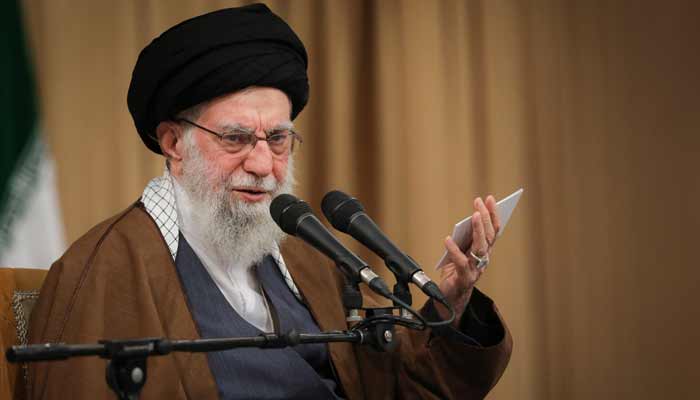
- Minister Khatib does not immediately refer to any specific incident.
- “Those who act in this direction are enemy’s agents,” says Khatib.
- During war, US vetoed an Israeli plan to kill the supreme leader.
Iran’s intelligence ministry has warned of attempts by foreign adversaries, including the United States and Israel, to target supreme leader Ayatollah Ali Khamenei and destabilise the Islamic republic.
The country’s ISNA news agency reported on Saturday that intelligence minister Esmail Khatib cautioned “the enemy seeks to target the supreme leader, sometimes with assassination attempts, sometimes with hostile attacks”.
While it was not immediately clear if the minister was referring to a specific incident, and Iranian officials often allege foreign plots, statements on threats against Khamenei’s life had been rare prior to a 12-day war between Israel and Iran in June.
“Those who act in this direction, knowingly or unknowingly, are the infiltrating agents of the enemy,” Khatib added, referring directly to Israel and the United States.
During the conflict earlier this year, Israel targeted senior Iranian military officials, nuclear scientists and sites as well as residential areas, with the US later joining with strikes on key nuclear facilities.
Asked about reports during the war that US President Donald Trump vetoed an Israeli plan to kill the supreme leader out of concern it would escalate the Iran-Israel showdown, Israeli Prime Minister Benjamin Netanyahu was dismissive but said the move would “end the conflict”.
At the time, Trump had also said that Iran’s supreme leader was a “very easy target” and that “we are not going to take him out, at least not for now.”
He later said in a post on Truth Social that he had saved Iran’s supreme leader from “A VERY UGLY AND IGNOMINIOUS DEATH”.
The 86-year-old Khamenei has been Iran’s supreme leader since 1989 and has the final say on all state affairs.
Earlier this month, Iran’s President Masoud Pezeshkian said he was particularly concerned for Khamenei’s life during the war and feared that the country’s institutions “would start fighting among each other.”
In July, Khamenei said Israel’s attacks during the war were intended to weaken the Islamic republic, sow “unrest and bring people into the streets to overthrow the system”.
A ceasefire between Iran and Israel has been in place since June 24, but both Israel and the United States have threatened new strikes if Tehran revives its nuclear programme.
Politics
Trump urges jail time for Democrats over military message
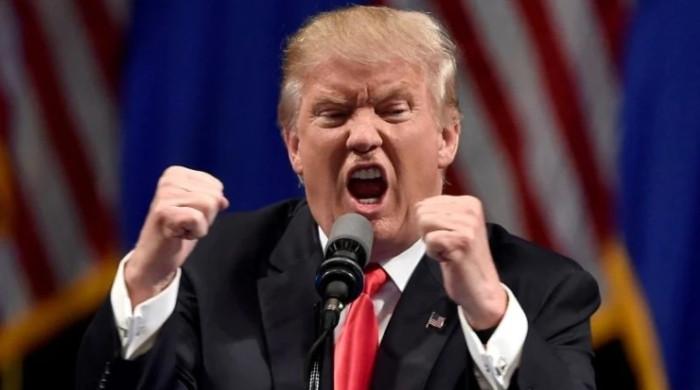
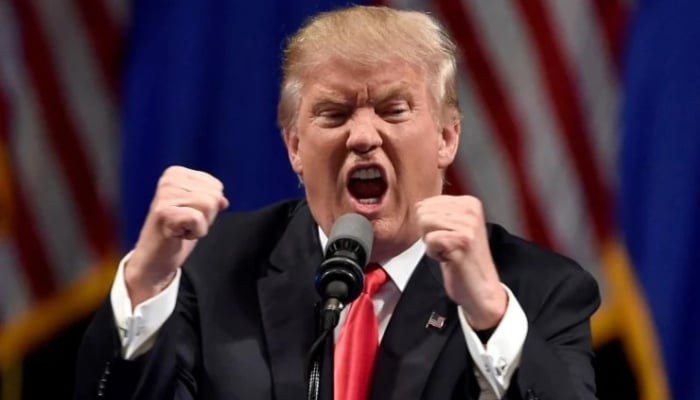
WASHINGTON: US President Donald Trump said late Saturday that six Democrats involved in a video calling on military officers to refuse illegal commands “should be in jail.”
The Republican leader’s remarks came after he accused the Democratic lawmakers on Friday of “seditious behaviour, punishable by death.”
Democrats slammed Trump’s comments as “absolutely vile” threats against the six senators and representatives, all of whom have served in the military or intelligence community.
Trump took to social media on Saturday night, writing:
“THE TRAITORS THAT TOLD THE MILITARY TO DISOBEY MY ORDERS SHOULD BE IN JAIL RIGHT NOW, NOT ROAMING THE FAKE NEWS NETWORKS TRYING TO EXPLAIN THAT WHAT THEY SAID WAS OK.”
He said that the Democrats’ message was “SEDITION AT THE HIGHEST LEVEL” and that “THERE CAN BE NO OTHER INTERPRETATION OF WHAT THEY SAID”.
The video posted on social media Friday called on the military to “refuse illegal orders” and featured Arizona’s Mark Kelly, Michigan’s Elissa Slotkin, along with Jason Crow of Colorado, Chris Deluzio and Chrissy Houlahan of Pennsylvania and Maggie Goodlander of New Hampshire.
They did not specify which orders they were referring to, but Trump has ordered the National Guard into multiple US cities, in many cases against the wishes of local officials, in a bid to bring alleged rampant unrest under control.
Abroad, Trump has also ordered strikes on a series of alleged drug-smuggling vessels in the Caribbean Sea and eastern Pacific Ocean that have left more than 80 people dead and which experts say are illegal.
Trump has alluded to the death penalty on previous occasions.
In 2023, former US military officer Mark Milley told a journalist he had secretly called his Chinese counterpart after the January 6, 2021 riots at the US Capitol to reassure Beijing that the United States remained “stable” and had no intention to attack China.
Trump subsequently wrote on social media that “in times gone by, the punishment would have been DEATH!”
Politics
Tejas Fighter Jet Crash Raises Concerns Over India’s Export Ambitions
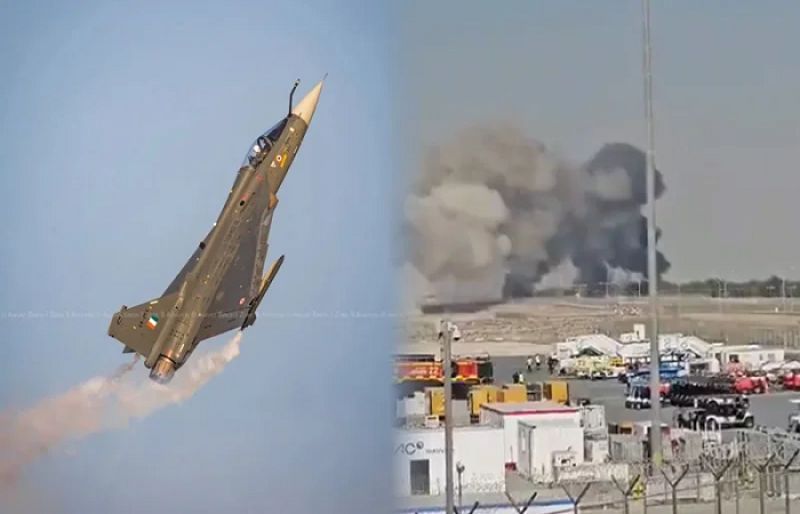

The crash of India’s Tejas fighter jet during the Dubai Airshow has delivered a major setback to the country’s defense export ambitions, leaving the jet reliant on domestic orders to sustain its status as a showcase of India’s home-grown defense technology.
The cause of Friday’s accident is yet to be determined, but it occurred amid intense international attention at the event, attended by India’s rival Pakistan, just six months after a historic air battle between the two nations. Wing Commander Namansh Syal tragically lost his life in the incident.
Experts say the crash at such a high-profile event will overshadow India’s decades-long effort to promote the Tejas abroad.
Douglas A. Birkey, executive director of the U.S.-based Mitchell Institute for Aerospace Studies, called the incident “brutal imagery” that sends a message of failure, though he added that the program could regain momentum.
The Tejas program, launched in the 1980s to replace aging MiG-21s, has faced production delays, with 180 Mk-1A variants on order for domestic use but yet to be delivered due to engine supply chain issues with GE Aerospace.
Exports had been targeted to markets in Asia, Africa, and Latin America, including a HAL office in Malaysia opened in 2023. A former HAL executive suggested the crash “rules out exports for now.”
Meanwhile, the Indian Air Force faces shrinking fighter squadrons, currently at 29 from an approved strength of 42.
Retiring aircraft include early MiG-29s, Jaguars, and Mirage 2000s.
Tejas was intended as a replacement, but production delays have prompted India to explore off-the-shelf purchases, including additional Rafales, as well as offers for U.S. F-35s and Russian Su-57s.
The Dubai Airshow, the world’s third-largest, has seen rare but notable accidents in the past, such as Russian Sukhoi Su-30 and MiG-29 crashes at the Paris Airshow, which did not ultimately halt sales.
Still, the Tejas crash is a public and symbolic blow to India’s ambitions to market the fighter internationally.
‘BASE’ FOR FUTURE PROGRAMMES
India has for years been among the world’s biggest arms importers, but has increasingly projected the Tejas as an example of self-reliance with Prime Minister Narendra Modi taking a sortie in the fighter in November 2023.
Like most fighter programmes, the Tejas has fought for attention at the intersection of technology and diplomacy.
Development was initially held up partly by sanctions following India’s 1998 nuclear tests as well as problems in developing local engines, said Walter Ladwig, an associate fellow at the Royal United Services Institute in London.
But the jet’s long-term significance is “likely to lie less in sales abroad than in the industrial and technological base it creates for India’s future combat-aircraft programmes,” he said.
REGIONAL RIVALRY PLAYS OUT
Both India and Pakistan were present in force at the show, where the Tejas performed multiple aerial displays in the presence of the rival Pakistani contingent.
Pakistan disclosed the signing of a provisional agreement with a “friendly country” to supply its JF-17 Thunder Block III fighter, co-developed with China.
On the ramp, a JF-17 was flanked by arms including PL-15E, the export variant of a family of Chinese missiles that U.S. and Indian officials say brought down at least one French Rafale used by India during an aerial battle with Pakistan in May.
At an exhibition stand, manufacturer PAC distributed brochures touting the JF-17, one of two models deployed by Pakistan during the four-day conflict, as “battle-tested”.
India is a lot more careful with the Tejas, which was not actively used in the four-day conflict in May, Indian officials have said, without giving any reasons.
Nor did it participate in the annual January 26 Republic Day aerial display in New Delhi this year due to what officials said were safety reasons associated with single-engine aircraft.
-

 Tech1 week ago
Tech1 week agoNew carbon capture method uses water and pressure to remove CO₂ from emissions at half current costs
-

 Tech6 days ago
Tech6 days agoTwo-step flash Joule heating method recovers lithium‑ion battery materials quickly and cleanly
-

 Business1 week ago
Business1 week agoThese 9 Common Money Mistakes Are Eating Your Income
-

 Sports1 week ago
Sports1 week agoTexas A&M officer scolds South Carolina wide receiver after touchdown; department speaks out
-

 Sports1 week ago
Sports1 week agoApple scrapping MLS Season Pass service in ’26
-

 Business1 week ago
Business1 week agoWhat’s behind Rachel Reeves’s hokey cokey on income tax rises?
-

 Tech1 week ago
Tech1 week ago50% Off DoorDash Promo Code for November 2025
-

 Sports1 week ago
Sports1 week agoAll the 2025 Puskas and Marta Award nominee goals






